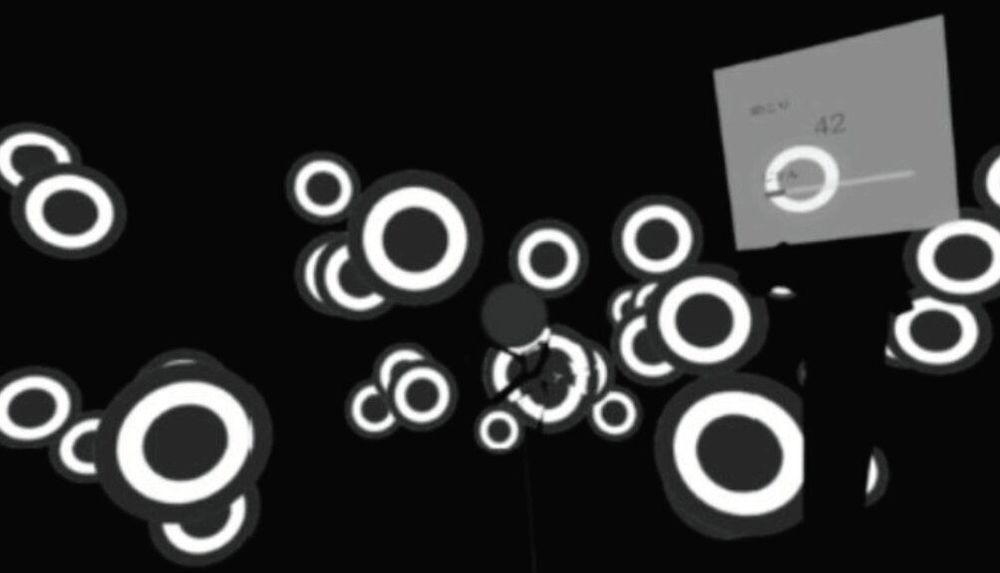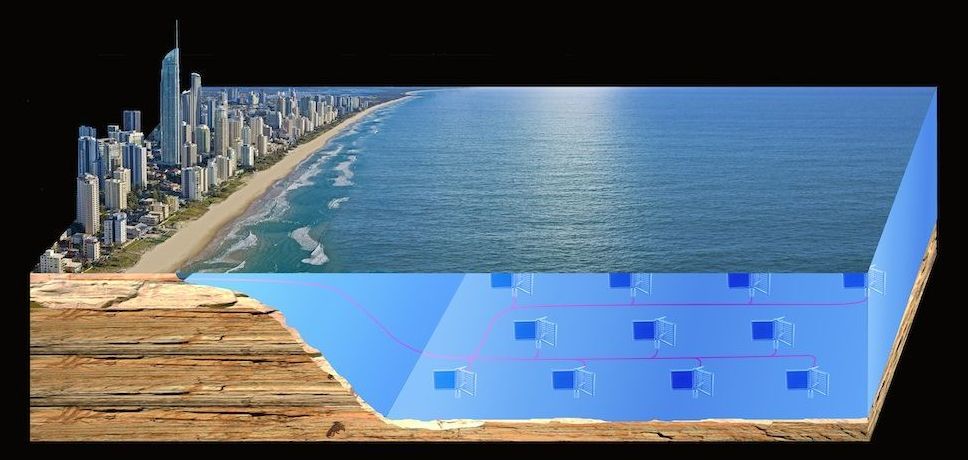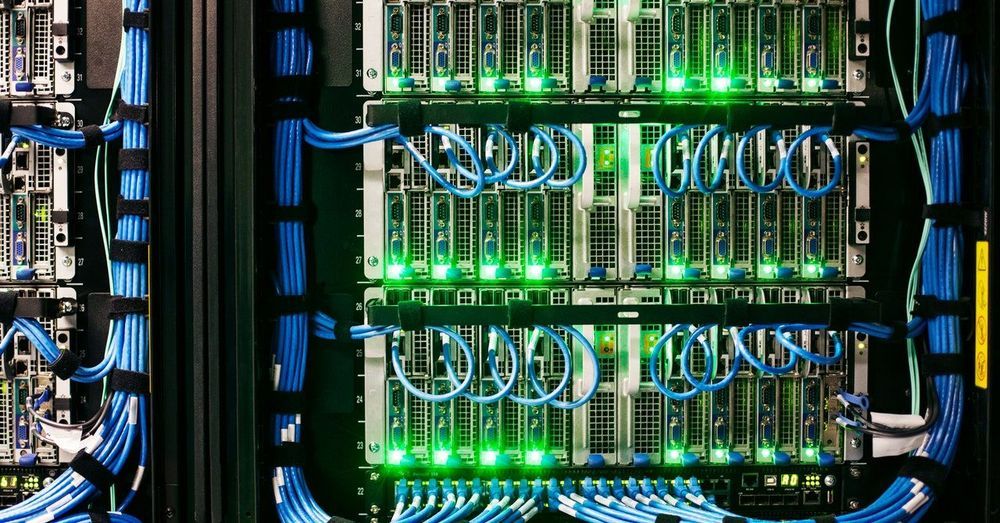ETH researchers are making chocolates shimmer in rainbow colors without the addition of colorants. They have found a way to imprint a special structure on the surface of the chocolate to create a targeted color effect.
Traditional methods for coloring chocolate have been around for a long time. But the ETH researchers are able to create the rainbow effect without artificial colorants. The effect is achieved simply through a surface imprint that produces what the scientists refer to as a structural color. The process is similar to a chameleon, whose skin surface modulates and disperses light to display specific colors.
The story begins in the shared corridor of a university building. The food scientist Patrick Rühs, the materials scientist Etienne Jeoffroy and the physicist Henning Galinski chat about chocolate during their coffee break. Although they work in different research groups, their offices are next to each other. They wonder how—and whether—it might be possible to make colored chocolate. Rühs is studying the material properties of foodstuffs, Jeoffroy specializes in complex materials and Galinski has already done in-depth research into optical materials.








